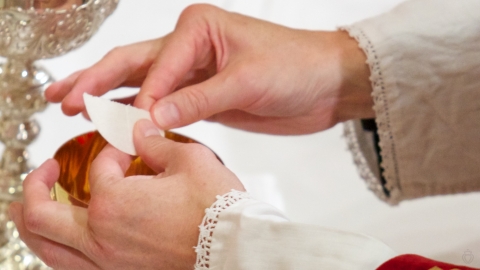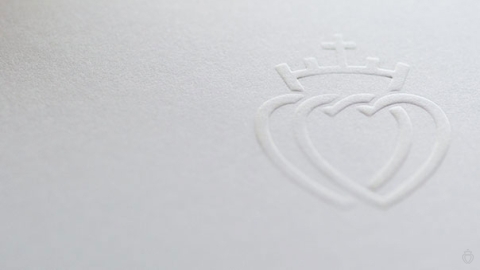Between Euthanasia and Palliative Care, Australia Has Made Its Choice

A report released by the Catholic University of Australia (ACU) reveals a worrying shortage in the number of doctors specializing in palliative care. At the same time, Australia is considering decriminalizing euthanasia nationwide.
The Patrick McMahon Glynn Institute (PM Glynn) is an ACU branch founded in 2016. Its objective is to analyze major political themes in the light of the teachings of the Church.
In a study published on February 24, 2021, PM Glynn reveals the shortcomings of the Australian palliative care system: the number of people hospitalized in these units where end-of-life is supported is increasing by an average of 5% per year - up to 10% for minors under the age of fifteen - while the training of doctors does not keep up with this pace.
Author of the report, Professor Cris Abbu explains that to cover the needs of patients, it takes two doctors specializing in palliative care for about 100,000 people. Australia currently has 0.9 specialists per 100,000 people.
"Palliative care remains one of the least popular specializations among medical students," deplores Cris Abbu, who recalls that "the proportion of doctors and nurses in palliative care has remained unchanged since 2013, despite growing demand."
“The proponents of euthanasia tell us that voluntary assistance in dying is about giving patients a choice, but if dying patients cannot access the palliative care services they need, they do not really have a choice,” observes Professor Michael Casey, director of PM Glynn.
There is an abyss between causing death and consenting to it: the one that separates euthanasia from palliative care. Is Australia preparing to cross this abyss? It is quite possible, considering the speed with which the practice of assisted suicide is spreading in society.
June 2019, the State of Victoria legalizes euthanasia; a few months later, in November and December of the same year, it was Western Australia and Tasmania's turn to follow suit. Ultimately, euthanasia should become a accepted practice across the country.
And the results were quick: on September 1, 2020 - a year after the law was enacted - there were ten times as many assisted suicides than expected, and that's probably just the start.
However, between therapeutic relentlessness and euthanasia, the ideal solution lies in the implementation of support and palliative care which allow death to be accepted as a natural fact, which relieve suffering and prepare the person for it. to die in a respectful, natural and serene manner.
“The doctor is made to fight against death. He cannot suddenly change sides and side with death, ”Jérôme Lejeune liked to repeat. This change unfortunately became a reality, starting with abortion, continuing with euthanasia and finally assisted suicide, acts by which the doctor became the bearer of death.
Related links
(Sources : Australian Catholic University/Catholic News Agency – FSSPX.Actualités)
Illustration : iStock / Chinnapong



